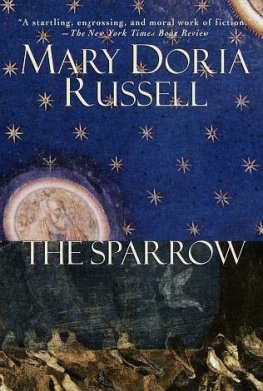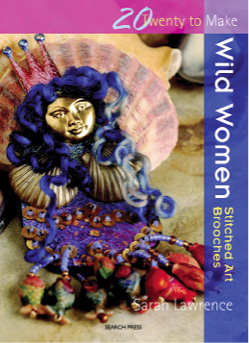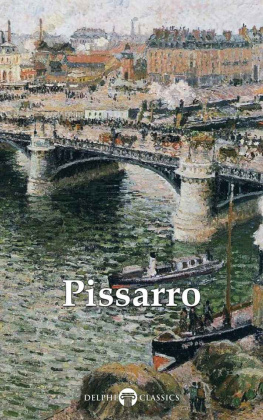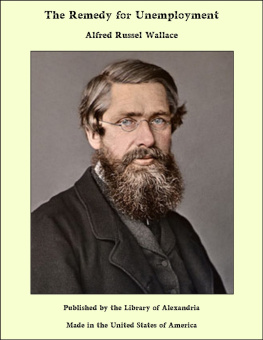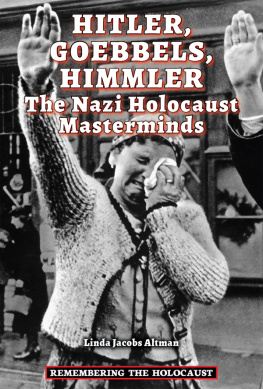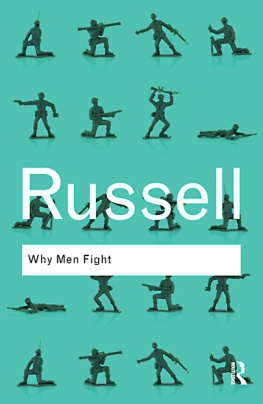Russel Lemmons - Goebbels And Der Angriff
Here you can read online Russel Lemmons - Goebbels And Der Angriff full text of the book (entire story) in english for free. Download pdf and epub, get meaning, cover and reviews about this ebook. year: 2021, publisher: University Press of Kentucky, genre: Romance novel. Description of the work, (preface) as well as reviews are available. Best literature library LitArk.com created for fans of good reading and offers a wide selection of genres:
Romance novel
Science fiction
Adventure
Detective
Science
History
Home and family
Prose
Art
Politics
Computer
Non-fiction
Religion
Business
Children
Humor
Choose a favorite category and find really read worthwhile books. Enjoy immersion in the world of imagination, feel the emotions of the characters or learn something new for yourself, make an fascinating discovery.

- Book:Goebbels And Der Angriff
- Author:
- Publisher:University Press of Kentucky
- Genre:
- Year:2021
- Rating:3 / 5
- Favourites:Add to favourites
- Your mark:
- 60
- 1
- 2
- 3
- 4
- 5
Goebbels And Der Angriff: summary, description and annotation
We offer to read an annotation, description, summary or preface (depends on what the author of the book "Goebbels And Der Angriff" wrote himself). If you haven't found the necessary information about the book — write in the comments, we will try to find it.
Goebbels And Der Angriff — read online for free the complete book (whole text) full work
Below is the text of the book, divided by pages. System saving the place of the last page read, allows you to conveniently read the book "Goebbels And Der Angriff" online for free, without having to search again every time where you left off. Put a bookmark, and you can go to the page where you finished reading at any time.
Font size:
Interval:
Bookmark:
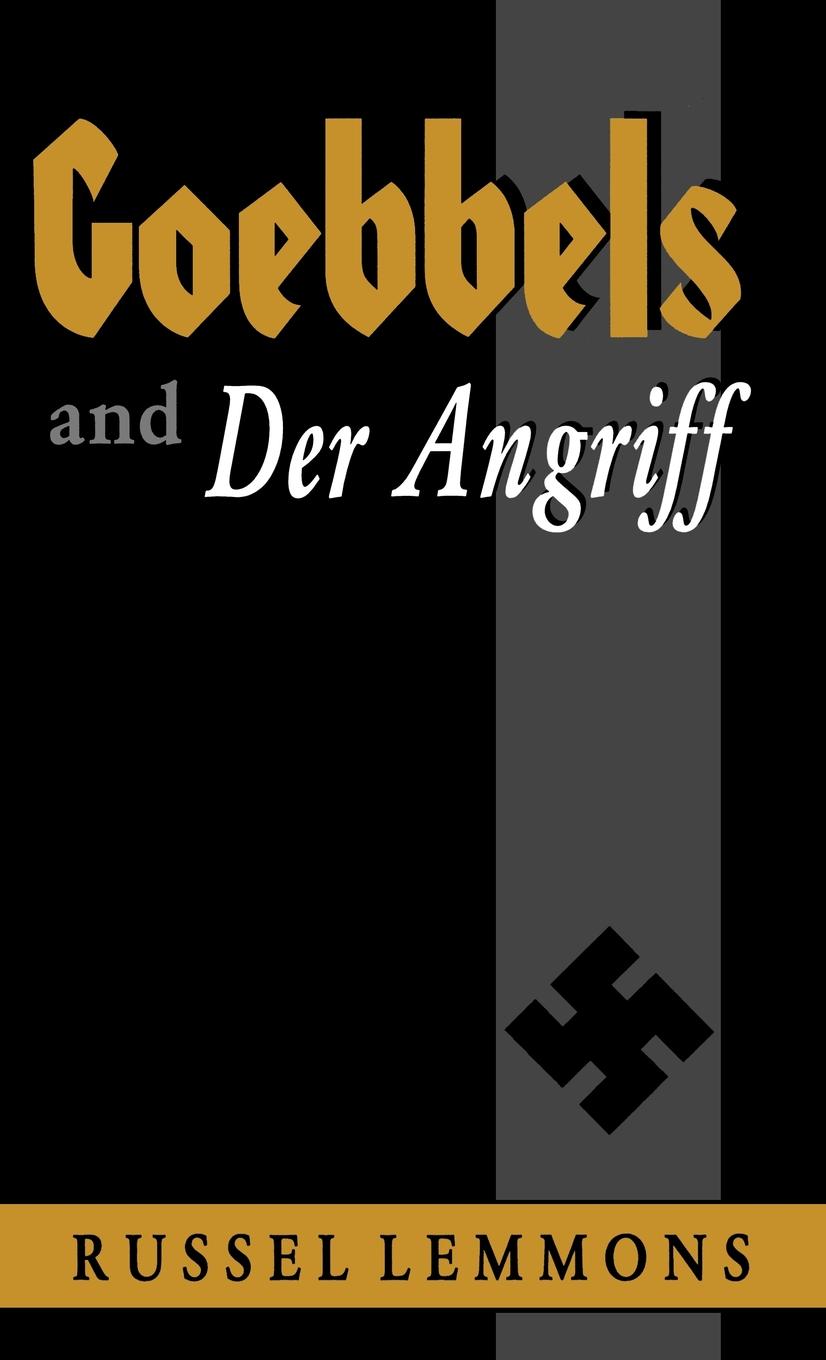
Goebbels
and Der Angriff
and Der Angriff

RUSSEL LEMMONS

Copyright 1994 by The University Press of Kentucky
Scholarly publisher for the Commonwealth, serving Bellarmine College, Berea College, Centre College of Kentucky, Eastern Kentucky University, The Filson Club, Georgetown College, Kentucky Historical Society, Kentucky State University, Morehead State University, Murray State University, Northern Kentucky University, Transylvania University, University of Kentucky, University of Louisville, and Western Kentucky University.
Editorial and Sales Offices: Lexington, Kentucky 40508-4008
Library of Congress Cataloging-in-Publication Data
Lemmons, Russel
Goebbels and Der Angriff / Russel Lemmons.
p. cm.
Includes bibliographical references and index.
ISBN 0-8131-1848-4 (acid-free paper)
1. Goebbels, Joseph, 1897-1945. 2. Angriff. 3. National socialistsBiography. 4. Propaganda, GermanHistory20th century. 5. GermanyPolitics and government1933-1945. 6. Public opinionGermany. I. Title.
DD247.G6L46 1994
943.085dc20 93-33405
This book is printed on acid-free recycled paper meeting the requirements of the American National Standard for Permanence of Paper for Printed Library Materials. 
This book is dedicated to my wife,
Diana,
with all my love.
Since this book began as a doctoral dissertation at Miami University, I must begin by thanking my Doktorvater, Professor Jay W. Baird, who introduced me to Goebbelss newspaper. He has served as a model not only of an excellent scholar but also, more important, of a fine human being. I would be remiss if I did not also thank Professor Wolfgang Wippermann, who served as my ersatz Doktorvater during my stay in Berlin. The assiduous work of my dissertation readers, Professors Robert Thurston, Allan Winkler, and Ruth Sanders is also appreciated. This book would have been impossible to complete without the generous support of the Fulbright Commission, which enabled me to do research in Germany. During my stay in the Federal Republic, I benefited from the help of the staffs of numerous libraries and archives: the Staatsbibliothek Berlin, the Berlin Document Center, the Landesarchiv Berlin, the Geheimes Staatsarchiv preussischer Kulturbesitz, the Bundesarchiv, and the Instutut fuer Zietgeschichte. New Mexico Highlands University provided the funds for a research trip to California, and I must also express my appreciation to the staff of the Hoover Institution on War, Revolution and Peace. The staff of the Miami University inter-library loan office was always courteous and helpful. The moral support of my colleagues at NMHU is also appreciated, as are the diligent efforts of my graduate assistant, Louis Gonzales, whose hard work provided me with the time needed to complete revisions. I must also express my gratitude to the Rodens, Davidsons, and Tim Anderson, who saw me through some difficult times in Germany, and my parents, who were always supportive of my work. Most important, I thank my wife, Diana, who tolerated a ten-month separation while I was doing the research for this project. Her love has been an important foundation of my life.
Scholars remain intrigued by the totalitarian regimes of the twentieth century, especially those of Germany and the Soviet Union. They have, for the past forty years, repeatedly tried to explain how the governments of Hitler and Stalin functioned and why they maintained so much public support in the face of the atrocities they committed. What is even more inexplicable is the fact that both the Nazis and the Bolsheviks seized power from governments that promised their citizens a great deal of personal freedom. Why did the German and Russian people willingly surrender the rights guaranteed by these governments and entrust their fortunes to regimes that tried completely to control their lives?
In pursuing answers to this question, historians have naturally turned to the study of Nazi and Leninist propaganda techniques. Works by Ernest K. Bramsted, Jay W. Baird, Robert Herzstein, Ian Kershaw, David Welsh, and W.A. Boelcke have dealt with this subject from the German perspective.
These books share two important characteristics. First, all of them are concerned primarily with the period after the Nazis came to power and say little regarding Nazi propaganda during the Kampfzeit (time of struggle). Secondly, the National Socialist Press, aside from Oron Hales The Captive Press in the Third Reich, has been, until quite recently, largely ignored. The publication of books by Dennis Showalter, William Combs, and Norbert Frei and Johannes Schmitz, as well as Peter Steins important bibliography, Die NS Gaupresse 1925-1933, are a beginning in the filling of this historiographical gap. Once again, however, with the exception of Steins and Showalters books, these works are concerned primarily with the period after 1933. Much work remains to be done.
This study is not only concerned with pre-1933 Nazi propaganda but also, more specifically, with the impact of a newspaper in spreading Nazi ideas. It deals with the role of Goebbelss Berlin organ, Der Angriff, in his battles with the Weimar system as well as German Communism. The period under considerationoften called the Blood Years by the Nazisencompasses events from the establishment of the newspaper in July 1927 until the Nazi seizure of power in January 1933.
The primary function of Der Angriff was to attack National Socialisms political enemies. For Goebbels and the editors of the newspaper, the Jews, the creators of both Bolshevism and democracy, were the primary enemy. A violent anti-Semitism permeated the pages of Der Angrif, and the Jews became the scapegoat for all of Germanys, indeed the worlds, problems.
According to Der Angriff, the main force confronting the world Jewish conspiracy was the National Socialist German Workers Party (NSDAP) and its front-line troops, the Sturmabteilung (SA). The SA, composed of at first hundreds and later thousands of unemployed working-class youths, became a crusader against Jewry and its revolutionary force, Marxism. A section of Der Angriff, Kampf um Berlin, was dedicated to reporting the violent street clashes between the SA and the Rotfrontkaempferbund or RFB (the paramilitary organization of the German Communist Party or KPD). SA men injured or killed in the struggle for the control of Berlins streets became heroes on the pages of the Berlin newspaper. Horst Wessel, murdered by the KPD in 1930, became the archetypical Nazi hero. Much of the legend concerning his personality and exploitsa major chapter in Nazi mythologybegan on the pages of Der Angriff. It was the system, created by the November Criminals, which the Berlin paper held responsible for the deaths of Wessel and other Germans in the struggle against the Jews. Der Angriff played a vital role in this battle with the system.
Oron Hale, in his The Captive Press in the Third Reich
Font size:
Interval:
Bookmark:
Similar books «Goebbels And Der Angriff»
Look at similar books to Goebbels And Der Angriff. We have selected literature similar in name and meaning in the hope of providing readers with more options to find new, interesting, not yet read works.
Discussion, reviews of the book Goebbels And Der Angriff and just readers' own opinions. Leave your comments, write what you think about the work, its meaning or the main characters. Specify what exactly you liked and what you didn't like, and why you think so.

